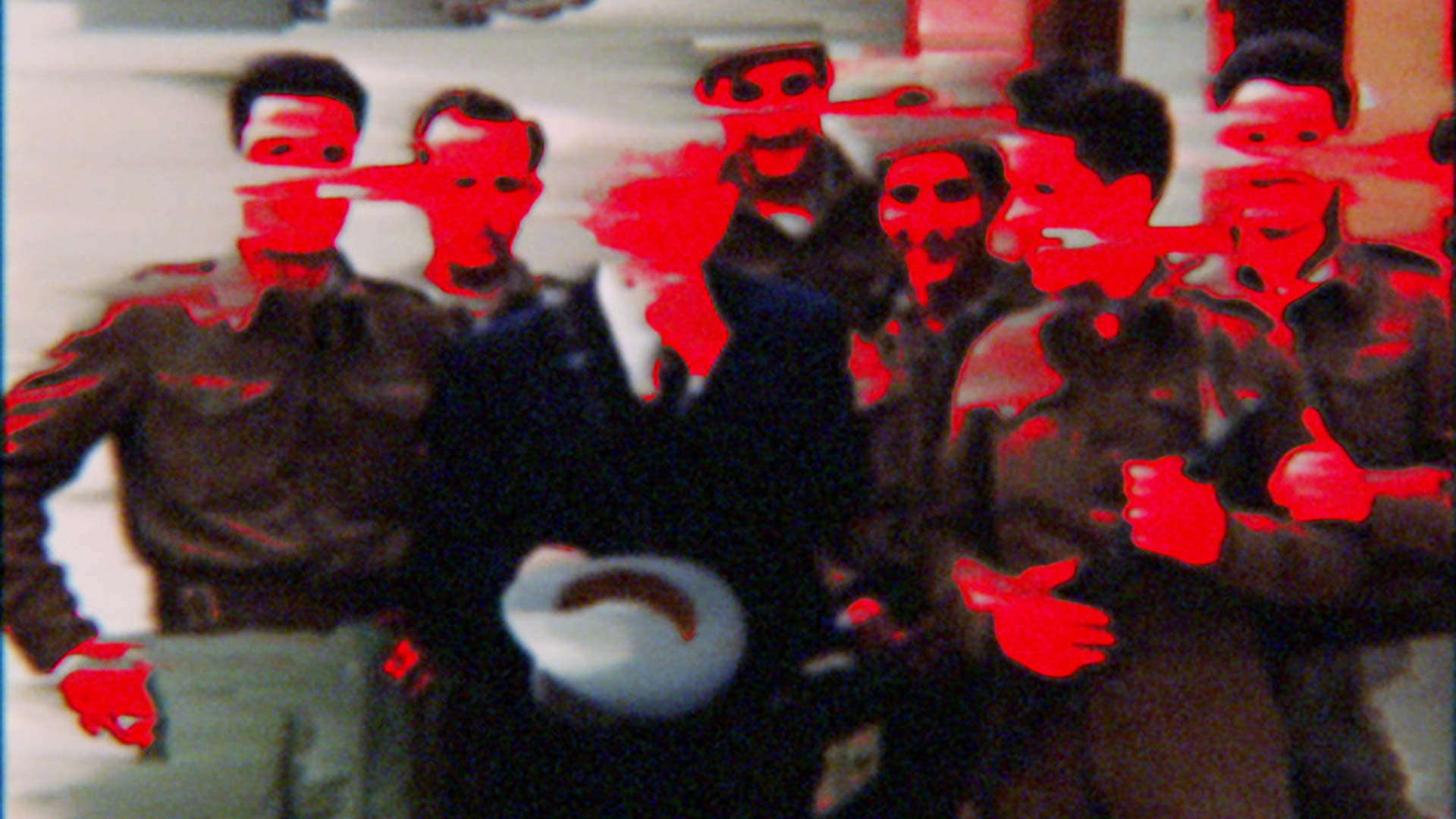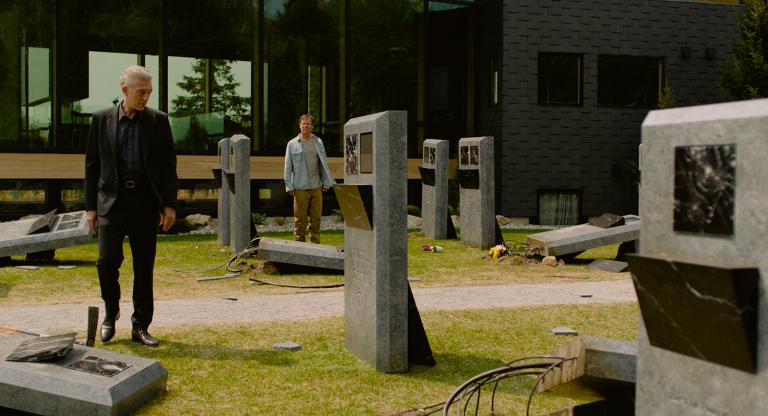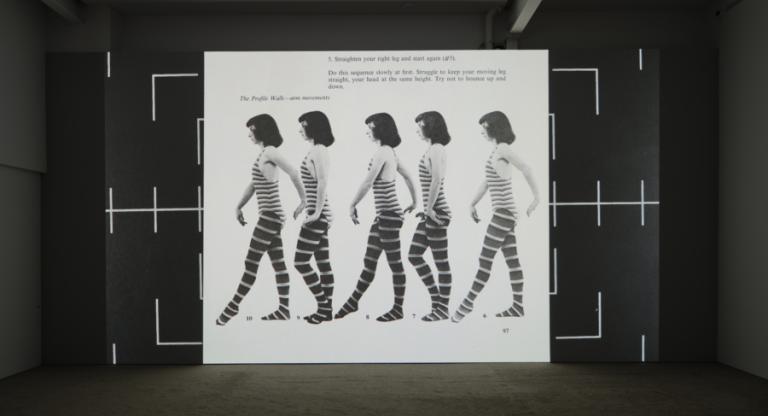A Fidai Film (2024) re-appropriates materials that were looted from the Palestinian Research Center during the 1982 Israeli invasion of Lebanon. Many of these materials are currently held in Israeli archives and were obtained through clandestine means by filmmaker Kamal Aljafari. In Arabic, the word “Fidai” means “one who sacrifices himself” and it was generally used to refer to Guerrilla fighters in the Palestinian context before falling out of favor in the 1980s. However, Aljafari references how the term was used by Israelis to mean “saboteurs” in relation to these fighters. A Fidai Film contemplates what it means to take an approach of “sabotage” toward presenting these materials—to contend with their looting as well as reclaim images of Palestine filmed by Israeli settlers.
Established in Beirut in 1965, the PRC amassed rich holdings of literature, film, and documents used to expand the study of Palestinian culture, modern history, and political struggle. Aljafari’s selection in A Fidai Film mainly comprises fiction films, documentaries, and newsreels. Avoiding the idea of a romantic reunion with these archival materials, the artist re-presents them anew, as indelibly marked by their violent history and present. In some sections of the film, he even scratches over the text of title cards in neon red digital marker. In others, the same color masks shapes that follow a head or hand, like a chroma key. The visual effect both obfuscates some visual information, and clings to figures and details, evoking a kind of haunting that looms over the image. The film is divided into sections, which do not represent an organizational logic meant to be followed and anticipated insomuch as a poetic structure that reflects Aljafari’s own psychological encounter and relationship to the materials he draws upon.
Aljafari’s other interventions into the footage sharpen discordant moments between words and images, as well as description and content, imbricating a sinister tone that hangs over the film. In an excerpt from what appears to be an Israeli romance film, two lovers exchange sweet whispers: “Because after all, we’re here,” and then, “Where are we?” Later in the film, the written dialogue of this exchange is transposed on a scene of Israeli settlers dancing in Galilee during the mid-40s. Lifted and reapplied, the floating phrases punctuate the presence of Palestinians whom the settlers overwrite or neglect to perceive. When I spoke to Aljafari after watching the film, he mentioned how in some Israeli films he was able to identify family members walking in the background who unknowingly became part of the scenic backdrop. His film Recollection (2015) explores this premise explicitly, working with Israeli fiction films shot in Jaffa from the 1960s to the 1990s and digitally erasing their lead actors in order to foreground those who appear in the background.
Aljafari’s act of “sabotage” is twofold. His reappropriation circumvents the Israeli archive, rejecting its historical authority. Moreover, Aljafari’s approach rejects the notion that these looted materials can simply be “restored” through his act. In re-presenting them to us—at times re-cut, without sound, or scratched over—he sabotages the viewing experience; no romantic reading is possible.
A Fidai Film screens tonight, November 9, and next week at Anthology Film Archives. The film will be preceded by Aljafari’s PARADISO, XXXI, 108.



